Is the failure rate of new energy vehicles high? The failure rate of new energy vehicles is relatively high in general, especially in components such as batteries, DCDC converters, motor controllers, and vehicle systems. Failures in these components may cause the instrument panel to light up with a fault light, system failures, or problems with the onboard software. For example, the power battery temperature is too high, triggering the protection mechanism and causing a power outage, or the onboard system detects that the power battery is insufficient and triggers the protection mechanism, which will affect the normal operation of the vehicle.
In addition, the repair and maintenance costs of new energy vehicles are also high, especially the repair costs of the motor control system and the power battery management system. For example, the repair cost of a damaged power battery management system may be as high as 35,000 yuan, while the repair cost of the same parts of a fuel vehicle is much lower.
Although charging an electric vehicle is more economical than refueling, its failure rate is higher than that of a fuel vehicle, and the daily maintenance costs are not low. In addition, after seven or eight years of use, the battery will show obvious attenuation, and it may even fail to charge. At this time, the battery must be replaced, but the battery cost is not low, ranging from 50,000 to 60,000 yuan, and as much as 100,000 yuan. This cost is more expensive than buying a new car. Will you replace it or not?
In general, although new energy vehicles have advantages in environmental protection and energy saving, from the perspective of maintenance costs, their failure rate and maintenance costs are relatively high, and users need to pay attention to this during use.

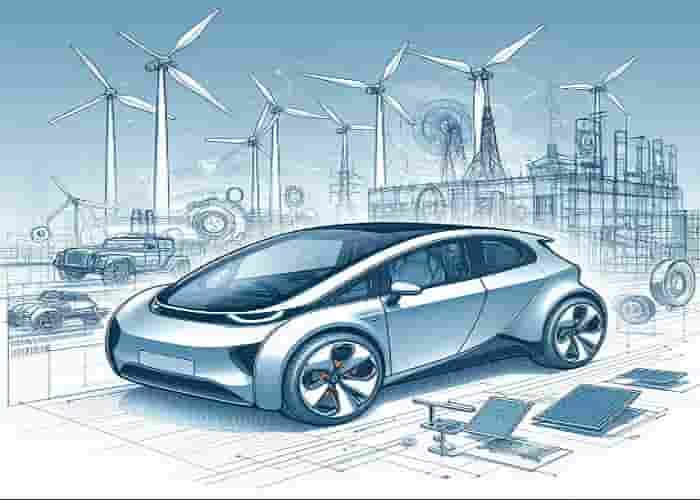
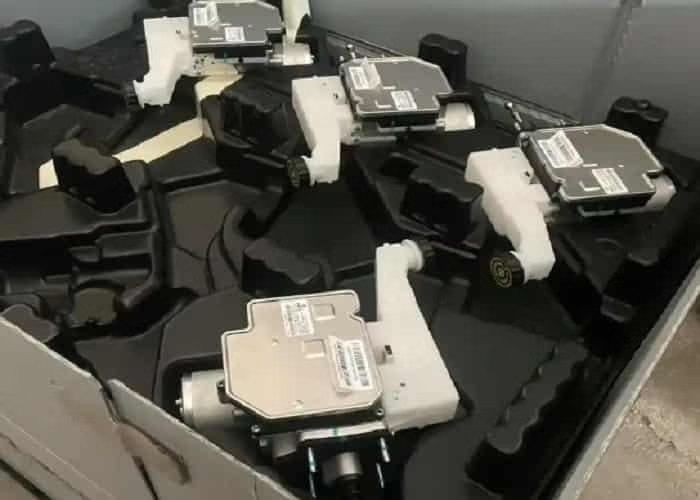
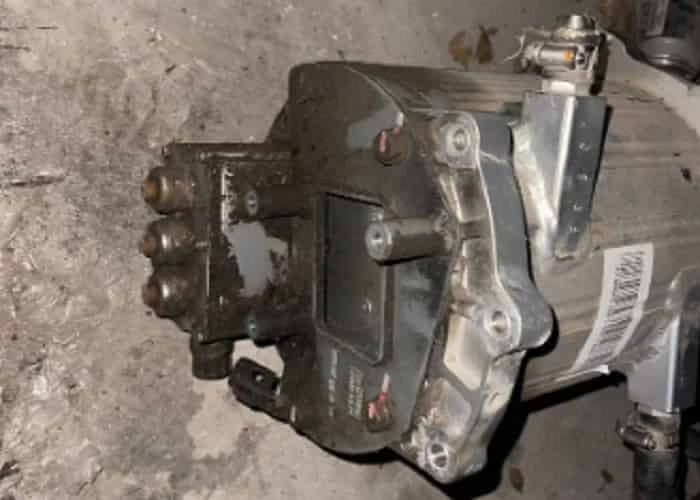

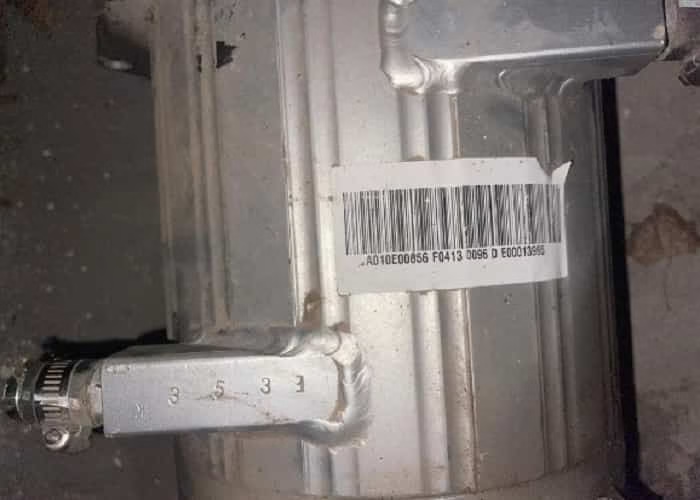
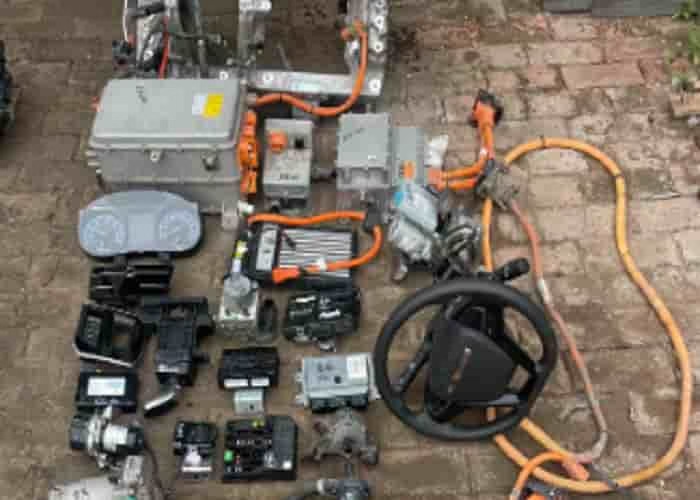

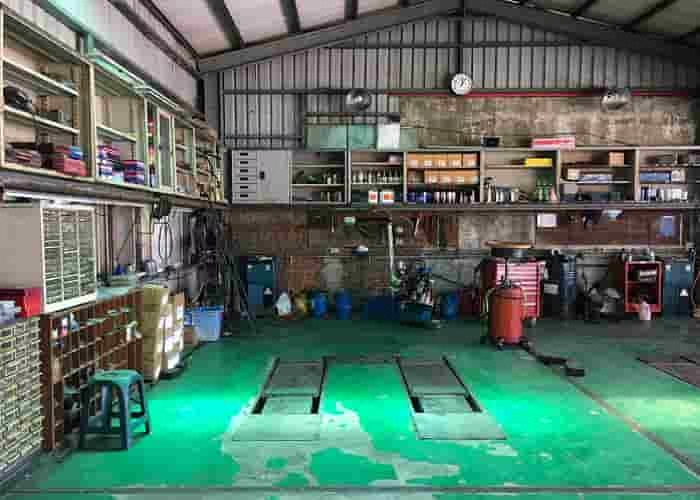
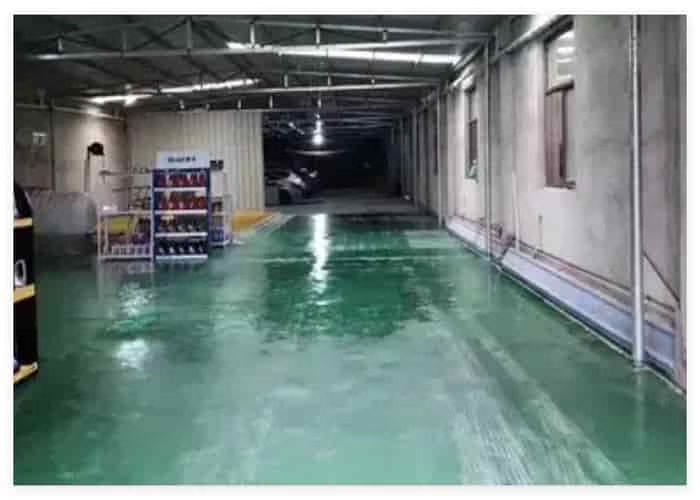
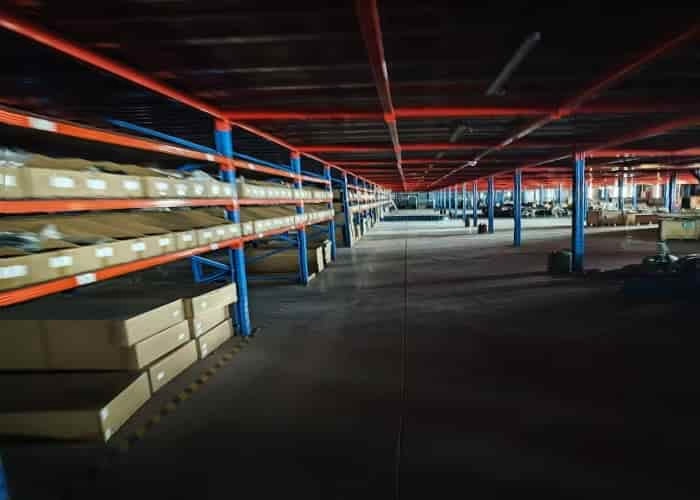





Leave a Reply